Seat unveils the Leon Cupra 300 - its most powerful car yet
Next year's Leon gets an all-wheel drive system and DSG gearbox
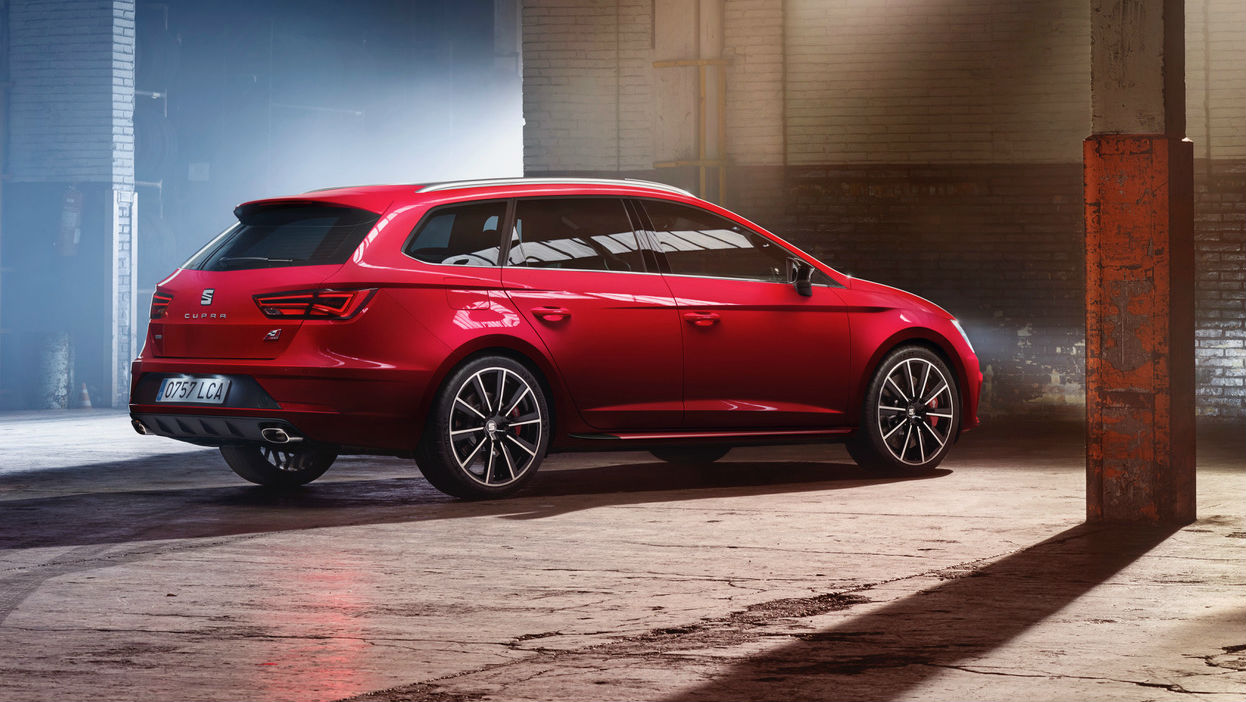
Seat has taken the wraps off its new Leon Cupra 300 hatchback, its most powerful car yet.
Along with a gentle facelift, the Cupra's 2.0-litre turbocharged engine has been boosted from 286bhp to 296bhp. It also benefits from a hike in torque, which is up from 258lb-ft to 280lb-ft. Seat hasn't said how this affects the acceleration figures, but it expects the Cupra 300 to be faster to 62mph than the outgoing model's time of 5.7secs.
Cars will be available in SC three-door, five-door and ST estate trim, which will also sport Seat's 4Drive all-wheel drive system and DSG gearbox. The ST trim matches the VW Golf R in both power output and chassis configuration, says Evo, and would be an "even closer match" if the five-door hatch had four-wheel drive.
The Week
Escape your echo chamber. Get the facts behind the news, plus analysis from multiple perspectives.

Sign up for The Week's Free Newsletters
From our morning news briefing to a weekly Good News Newsletter, get the best of The Week delivered directly to your inbox.
From our morning news briefing to a weekly Good News Newsletter, get the best of The Week delivered directly to your inbox.
Drivers will be able to choose from four pre-set chassis modes, including sport and comfort, which can be adapted through the Cupra 300's driver profile. It's also safer thanks to lane assist and pedestrian protection technology, as well as adaptive cruise control and traffic jam assist.
The Cupra name has become synonymous with setting lap records at Germany's renowned motoring proving ground, the Nurburgring. In 2014, the 280 set the front-wheel drive record of 7m 58sec; it was beaten by the VW Golf GTI Clubsport this year.
Auto Express reports orders will begin "next summer" and expects prices to start from around £29,000.
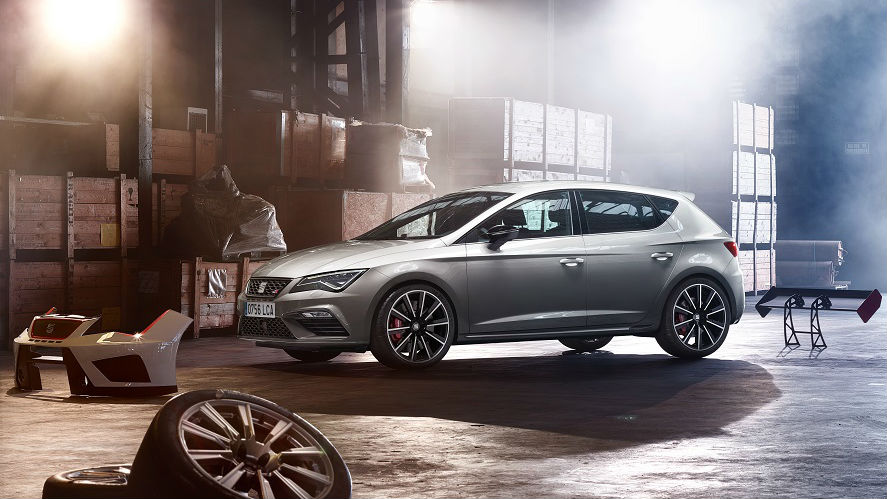
A free daily email with the biggest news stories of the day – and the best features from TheWeek.com
-
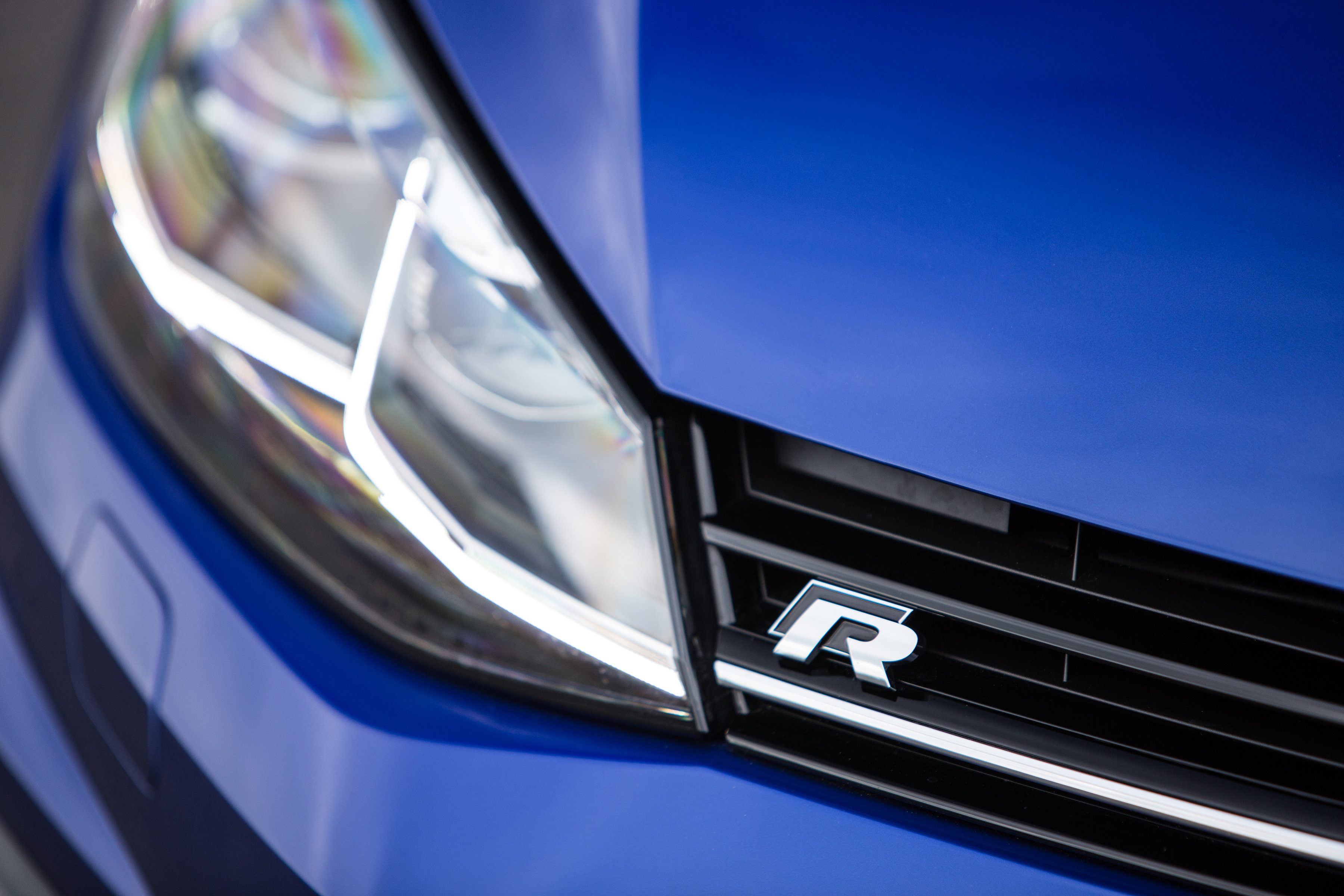 Volkswagen Golf R Mk8 2021: spy shots, plus specs, price and UK release
Volkswagen Golf R Mk8 2021: spy shots, plus specs, price and UK releaseIn Depth Souped-up hatchback is spotted for the first time while testing in South Africa
-
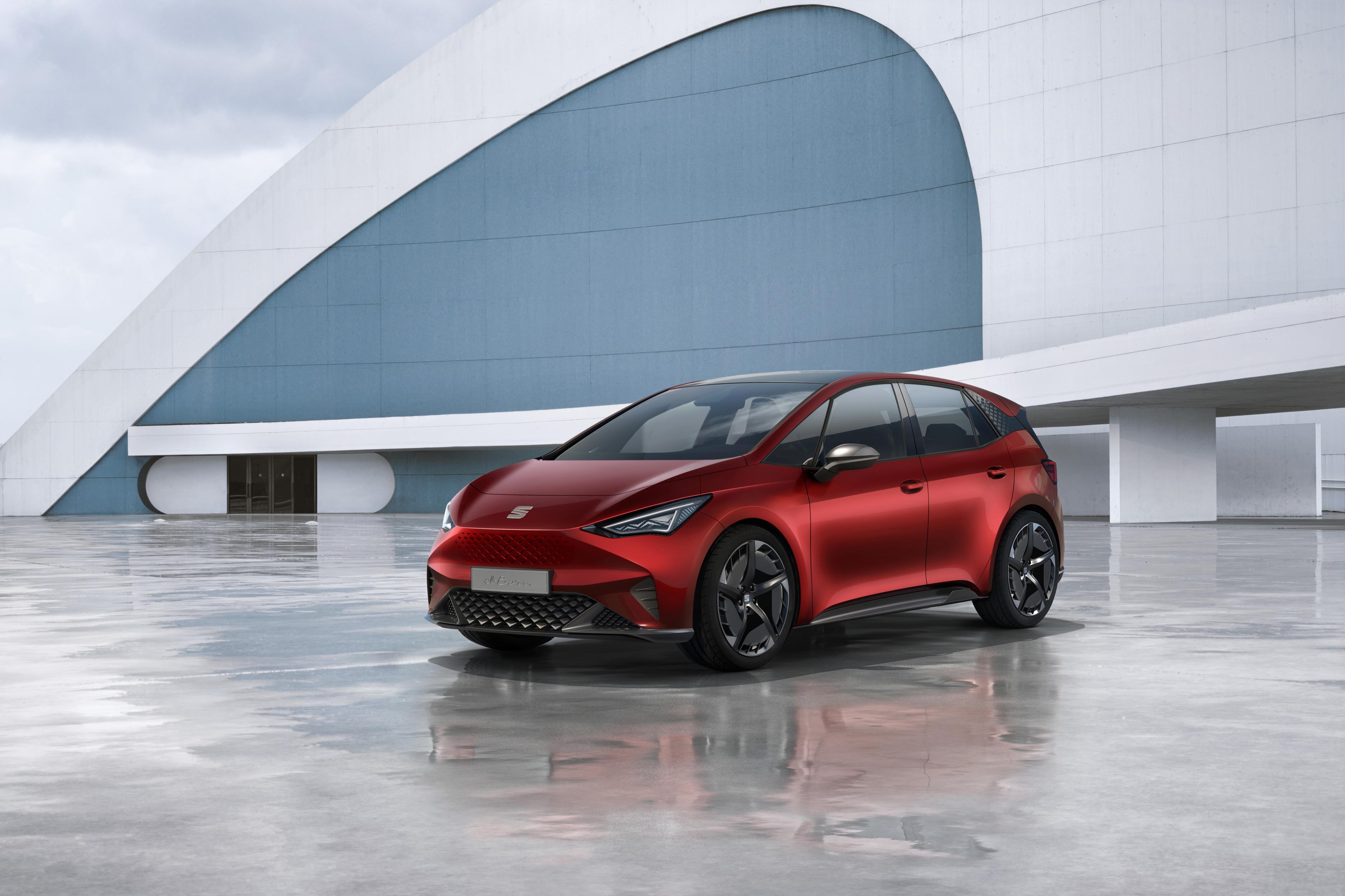 Seat el-Born electric car 2020: spy shots, plus specs and release
Seat el-Born electric car 2020: spy shots, plus specs and releaseIn Depth Spanish carmaker to join the EV fray with Volkswagen-based hatchback
-
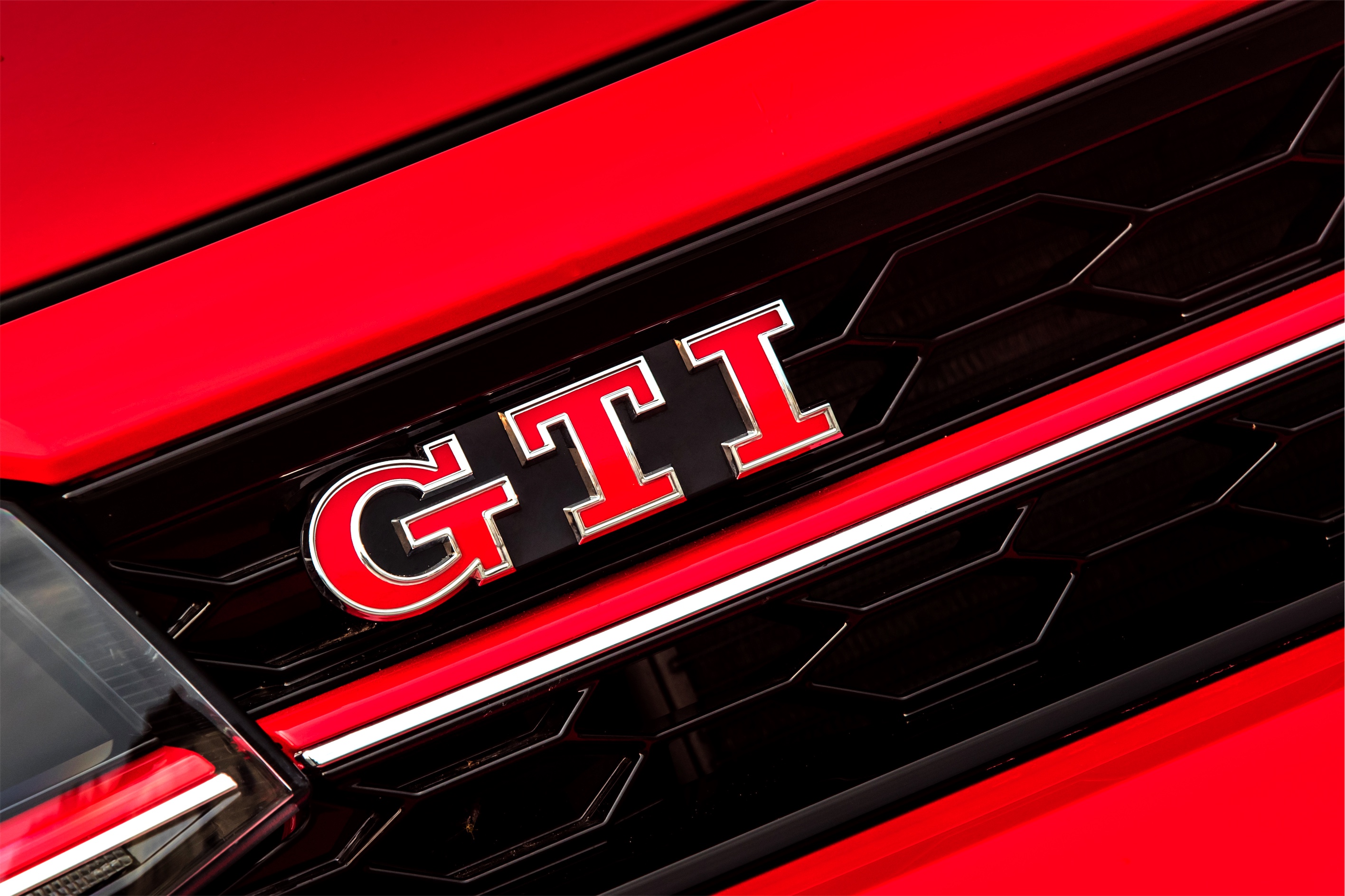 Volkswagen Golf GTI Mk8 2020: latest spy shots, specs, price and release
Volkswagen Golf GTI Mk8 2020: latest spy shots, specs, price and releaseIn Depth Hot version of the upcoming eighth-generation hatchback is on the horizon - here’s what we know so far
-
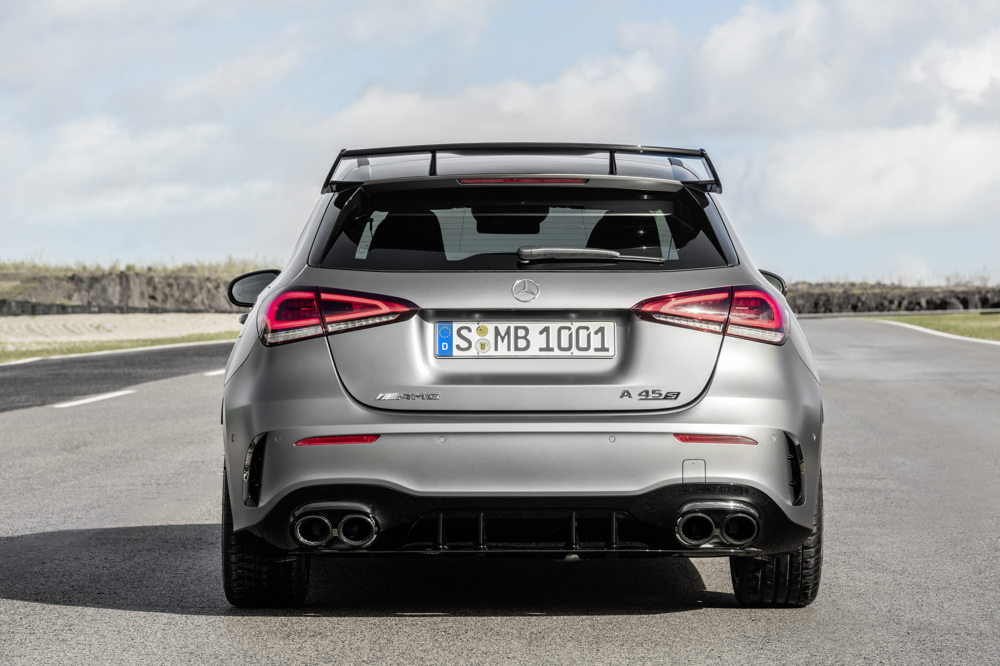 Mercedes-AMG A45 review: a ‘marvellous’ answer to the Audi RS3
Mercedes-AMG A45 review: a ‘marvellous’ answer to the Audi RS3In Depth Critics get behind the wheel of the super hatch ahead of its release later this year
-
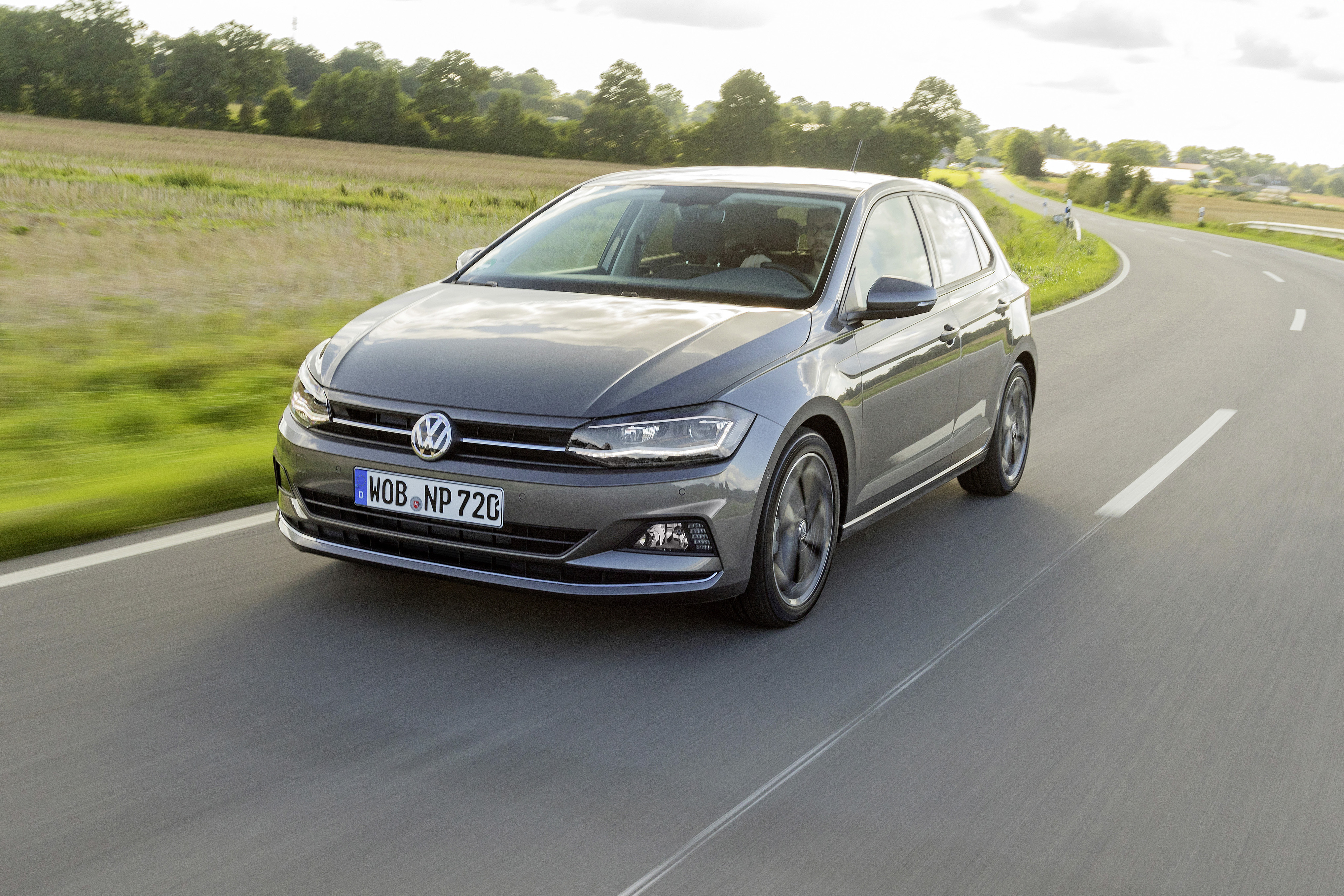 Volkswagen recalls 75,000 cars over ‘potentially lethal’ seatbelts: are you affected?
Volkswagen recalls 75,000 cars over ‘potentially lethal’ seatbelts: are you affected?In Depth German car giant used plastic cable ties to secure faulty belts on three new models
-
 Volkswagen and Seat issue warning over seatbelt fault
Volkswagen and Seat issue warning over seatbelt faultSpeed Read Car companies tell their customers to avoid using the middle seat until a solution is found
-
 Volkswagen announces scrappage scheme for old diesels
Volkswagen announces scrappage scheme for old dieselsSpeed Read German car giant could offer up to £6,000 if your diesel car was registered before 2010
-
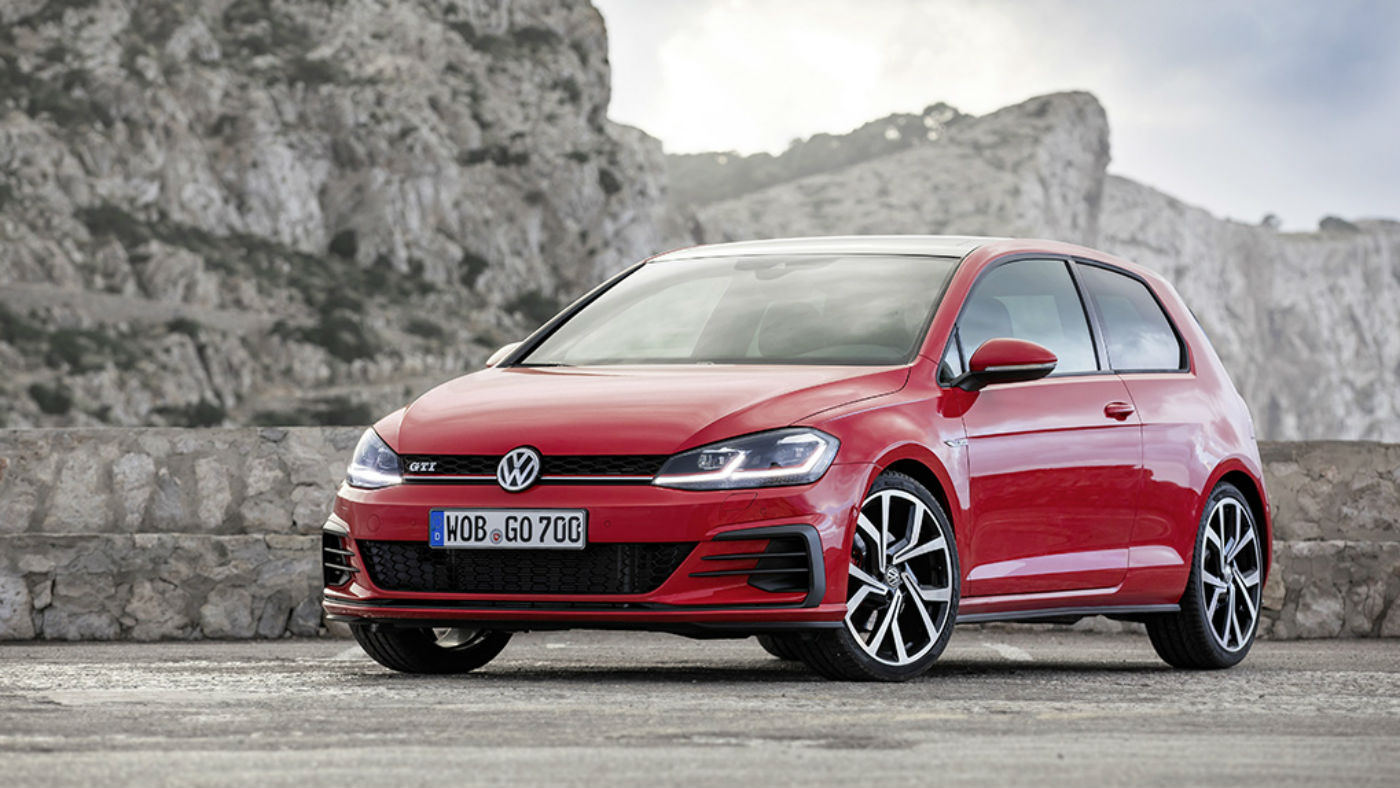 Volkswagen Golf GTI 2017: Reviews and prices
Volkswagen Golf GTI 2017: Reviews and pricesThe Week Recommends Iconic hot hatch adds more power and subtle tweaked styling - and it's a hit with reviewers


